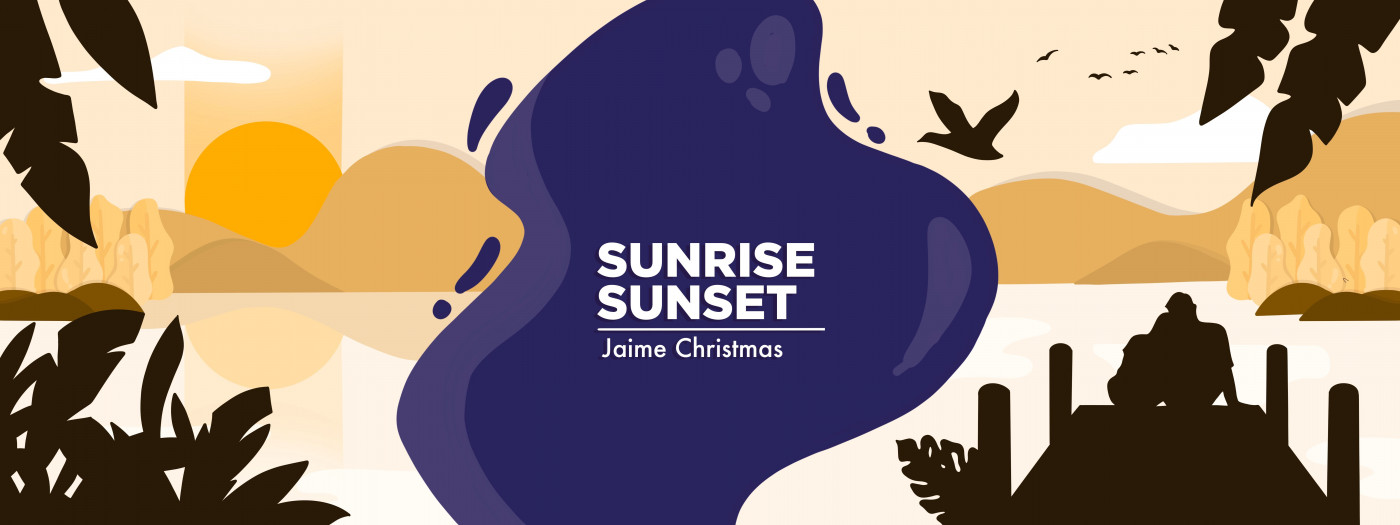Finding Meaning in Life With a Genetic Disease

My husband Aubrey’s hereditary ATTR amyloidosis journey is included in a forthcoming book titled “Rare Disease Drug Development: Clinical, Scientific, Patient, and Caregiver Perspectives.” He feels very touched that the editor saw fit to reach out to him.
Emotional healing occurs when we can provide insight into a situation — in this case, one that has affected his family for three generations. Aubrey shared his story to explain what he’s been through since his diagnosis in 2013, and to pay homage to the loved ones who are no longer around. They lost their lives to this disease, and had to endure painful suffering until the end.
hATTR amyloidosis is an awful and insidious disease. It is like a leaky faucet that slowly drips into the vessel, slowly compromising it until the accumulated weight finally pushes through, destroying everything in its path.
Amyloidosis alienates, confounds, and deflates. I don’t think anyone who hasn’t been affected by the condition can truly comprehend its impact. Even as a caregiver, I still sometimes struggle to understand what Aubrey is going through.
I know that I am not doing justice to him as a caregiver. I have done exceedingly well as his wife of 24 years, but I am impatient and matter-of-fact when attending to his needs. My Southeast Asian background plays a significant role in my approach, as I was not raised in an environment where we outwardly demonstrated our love for one another. This doesn’t mean that I’m not a caring and loving person — I’m just not patient enough.
Because I am also an advocate and the leader of the New Zealand Amyloidosis Patients Association, part of my role is supporting people who have been diagnosed with the disease, as well as their caregivers. I empathize the most with sufferers who have the hereditary form of amyloidosis.
Inherited conditions should be acknowledged more within healthcare and medical sciences. Affected families often suffer generationally in silence, as there’s no known cure for amyloidosis. In my husband’s family, hATTR amyloidosis has been pervasive. Four of his siblings have passed from the disease.
Despite the misfortunes, much good has also come from living with this condition. As someone who married into the family, I have seen their resilience and strength shine through. They all regularly connect and support one another from around the world. A few, including my husband, have stepped out of their comfort zone to advocate for treatment — not only for themselves, but for others.
I believe the underpinning fact here is that we don’t want the death of our loved ones to be for nothing. It is important to make meaning out of this otherwise senseless disease.
***
Note: FAP News Today is strictly a news and information website about the disease. It does not provide medical advice, diagnosis, or treatment. This content is not intended to be a substitute for professional medical advice, diagnosis, or treatment. Always seek the advice of your physician or other qualified health provider with any questions you may have regarding a medical condition. Never disregard professional medical advice or delay in seeking it because of something you have read on this website. The opinions expressed in this column are not those of FAP News Today or its parent company, Bionews, and are intended to spark discussion about issues pertaining to familial amyloid polyneuropathy.








Judy Strasbaugh
Jaime, I only recently discovered FAP News ...and your column. My 84 year old husband, Les, received confirmation of hATTR only two month's ago through genetic testing. He carries the Val30Met mutation. As near as we can piece together, he has been showing symptoms for about 5 years. We are waiting for a schedule date for his first Onpattro infusion. I too, watch the daily decline of the man I love. I am keen to read Aubry's book. I have so many questions. We have a case manager and an education liason assigned us. Neither of whom have first hand knowledge of what we can expect. I have read everything I can get my hands on that can be confirmed as credible (I have a background that has taught me how to perform data validity checks.) But finding first hand patient experiences has so far eluded me. Your column has been comforting to read. Could you elaborate on information sources for those of us who thirst for answers to our questions of what is the disease trajectory? Will I be able to keep him at home? And a host of others.
Jaime Christmas
Dear Judy,
I am so sorry for this very late reply to your encouraging feedback. Thank you firstly for your kind words. You are correct in saying that nothing beats first hand patient to patient sharing or caregiver to caregiver encouraging one another. To answer your questions, as far as the most updated and relevant information on the disease, I highly recommend Australian Amyloidosis Network, Amyloidosis Support Group , New Zealand Amyloidosis Patient Association (search for the YouTube channel) or of course FAPnews.
As far as care and wellbeing for your dear husband, I would encourage you to find a healthcare practitioner (or case manager that's been provided to you both) as they would need to walk alongside you and provide valuable advice. This diabolical disease have signature features for those effected but the manifestations and timeline can be different depending on the person.
For the book, Aubrey's experience is featured alongside many of my other column colleagues. I will email you the link. In the meantime, I sincerely hope everything goes smoothly in this new year. That you keep positive and encouraged with the knowledge that you are not alone on this journey. Much love- Jaime